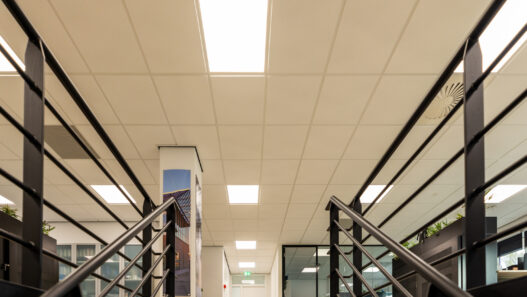On June 1, 2015, I accidentally stepped into the world of commercial real estate. Real estate had always attracted me, but it wasn’t until I became actively involved in the industry that I truly realized the depth of my passion.
As a child, I would often sit in the backseat of my parents’ car, paying close attention to the houses we passed by. My parents were avid viewers of “Eigen Huis & Tuin,” a show that focused on home improvement. To me, real estate was synonymous with homes and nothing more.
Initially, my motivation for entering the real estate sector was purely financial. However, after about a year, my focus shifted from making money to an obsessive desire to create beautiful and valuable products.
” the Value Add strategy is the best approach for long-term success ”
R.B
Technological advancements are particularly impactful, reshaping how we manage our health, interact with our environments, and make travel and style decisions. This constant evolution encourages us to adapt and thrive in a world where change is the only constant. By integrating innovative tools and apps into our routines, we can enhance efficiency and enjoyment in every aspect of life.
Discovering the Value Add Strategy
Through family connections, I met a developer specializing in office building redevelopment, particularly in the ‘Value Add’ strategy. His motto was “more for less,” focusing on B-locations in A-cities and A-locations in B-cities.
Why Value Add?
In my opinion, the Value Add strategy is the best approach for long-term success. You acquire an empty or under-occupied office building. Why? Because with targeted investments, you can redevelop it to attract new tenants. These investments should meet two goals;
- Significantly improve the building, modern & sustainably driven
- Focus on reducing operating costs for the end user.
This approach increases the property’s value through upgrades and enhancements. These investments are reflected in the property’s appraisal for refinancing or sale. Technical and cosmetic upgrades attract brokers, leading to viewings, and ultimately to securing new tenants. The true value in an office building lies in the lease agreements, which provide returns for investors.
My Journey
Over the past nine years, I’ve redeveloped and managed multiple office buildings for various clients, generating strong returns and success for them. My dream and ambition have always been to do this on my own, as the real estate sector is highly competitive and often cutthroat.
I could have stayed with my first employer indefinitely, as our values aligned perfectly, and it was a positive work environment. However, there were no opportunities for growth or partnership—it was all about individual success.
I must add that I didn’t work in a corporate environment but in a small, privately funded company. I’ve never been a corporate person, and I have little affinity for that culture. In my view, working for a small, privately funded company allows you to learn more and stay grounded. In corporate real estate, you’re often siloed into one specific area, whether it’s commercial, technical, or financial.
I’ve gained knowledge in all areas, having been involved in every aspect of building operations. I can draft leases, initiate and manage renovations, and even handle invoice processing.
Becoming a Value Add Investor
This broad experience has enabled me to manage the entire process on my own. While everyone advises you to build a team and delegate tasks, when you’re just starting out, it’s crucial to understand all aspects of a building and have the right suppliers on hand.
In February 2020, I started my own venture with a 2,500 m² office building, just before COVID-19 hit. I partnered with a financial backer, agreeing that he would provide the funds, and I would handle the work. By December 2021, I had sold the building to a office real estate investment fund achieving a 50% return over 18 months.
Then, in May 2022, I acquired a 5,000 m² building with a 10% occupancy rate, right in the middle of the Ukraine conflict initiated by Putin. This led to inflation in construction costs and rising interest rates.
By January 2024, the building was fully leased, but due to global uncertainties such as interest rates and the war in Israel, selling isn’t an option at the moment. We always choose to sell and start again, as I love taking something from 0 to 100 and then starting fresh. Currently, we’re generating a 12.5% cash-on-cash return.
At the moment, the office building market is heavily impacted by COVID-19 and remote work trends. However, I remain confident that office buildings will continue to exist because people need social interaction, especially in work environments. Yes, efficiency can be improved, but the need for office space will never disappear
